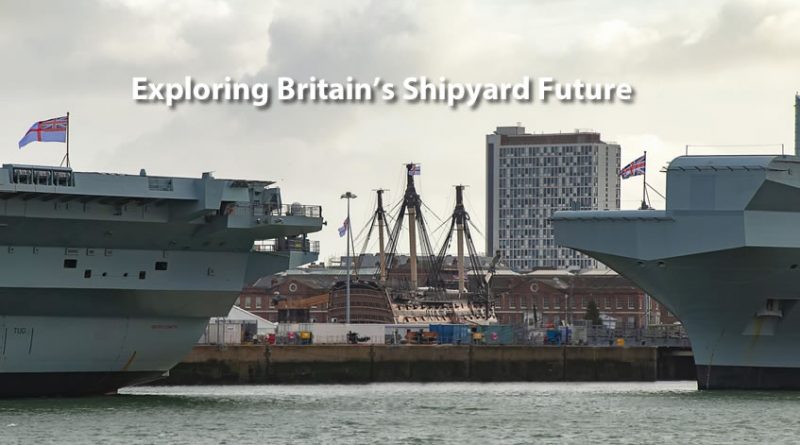Exploring Britain’s Shipyard Future
The United Kingdom has long been a prestigious area for ship building. Vessels as notorious as the HMS Victory, HMS Belfast and Cutty Sark have been constructed over the last centuries in the UK. From warships to cruise liners, Britain grew a strong reputation for designing and constructing some of the most groundbreaking ships in the world.
So, what has happened lately?
In the 1950s, around 25% of all active ships were built in Britain. However, this figure has dropped sharply to less than 1% since then. As it stands, the only reason that British shipbuilding is not extinct is because it must build its own warships under government instruction.
Why might Britain struggle to improve its shipbuilding abilities?
The current issue that prevents Britain from being able to build more ships is that the body responsible for commissioning new builds is a single entity. BAE Systems currently owns the most prominent shipping yards in the United Kingdom, directing the construction of all Royal Navy warships.
BAE Systems lacks private competitors, leading to instances of poorly-designed warships. In one case, it commissioned HMS Forth for the Royal Navy – the ship contained a malfunctioning electrical system and snapped bolt heads.
This could be down to complacency as a result of a lack of competition. Smaller shipping yards are working to build more ships, but BAE Systems dominates the landscape.
Compare Britain’s situation to that of other European countries like Spain. The country has a nationalized body called Navantia which accepts shipbuilding demand from other countries, in turn improving their defense relationship with those countries. Spain has recently built ships for the likes of Australia, Norway and Venezuela.
Britain’s conservative government of the last decade has consistently failed to prioritize growth of shipbuilding, but a 2017 National Shipbuilding Strategy (NSbS) could prove to help the situation.
Why might Britain become a shipbuilding superpower again?
As touched upon, hope can be found in the NSbS initiative launched in 2017. In short, it is meant to help smaller shipbuilders challenge larger firms like BAE Systems for building contracts. This is the government’s effort to boost the chances of shipbuilders like Cammell Laird to receive more regular work.
Despite Brexit, Britain aims to revive shipbuilding on its shores by leaning on the expertise of other nations where needed.
However, the government knows that a shipbuilding revolution would greatly boost the economy in main ports and coastal cities. For this reason, it hopes to gradually increase shipbuilding capabilities within Britain, keeping foreign entities from taking over completely.
The country will be aiming to help boost the maritime sector by working with other nations, but without exporting any shipbuilding responsibilities.
There were some promising developments in Britain’s shipbuilding development before the pandemic took over. In 2019, multiple bidders including BAE Systems were welcome to submit designs for the new ‘Type 31 frigate’ – a fleet of ships that will replace older Type 23 frigates.
Eventually, the building work was awarded to Babcock International, with the project set to support 2,500 jobs and last through to 2023 and beyond.
—
Jack Vale is a writer from Happy Writers, Co. in partnership with Seattle Fabrics, an outdoor and recreational fabric retailer.

